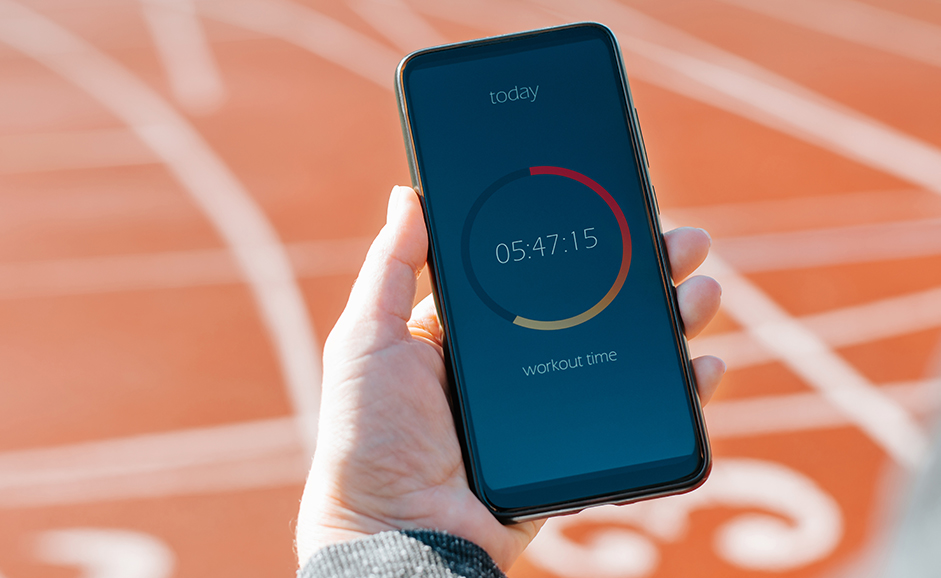How Sports Apps Use Gamification to Boost Customer Loyalty

Sports and fitness apps have transformed the way in which users engage with their wellbeing. By combining technology with motivational strategies, these platforms have introduced innovative methods to retain customers as well as to enhance their experience. One of the most effective tools employed is gamification (or the usage of game-like elements in non-gaming scenarios). The repeated use of gamification strategies in sports apps have led to fostering loyalty, creating a sense of community and promoting long term engagement. But, how do they do it? Let ‘s find out!
The Role of Gamification in Sports Apps
Gamification consists in making boring or challenging tasks more enjoyable to users by introducing the same reward systems that can be found in video games. In sports apps, the members are motivated to stick to their fitness routines, set and achieve goals, or interact with the platform regularly by employing rewards, challenges, leaderboards, etc. All of which work together to provide an engaging and rewarding user experience. Gamification taps into intrinsic and extrinsic motivations:
Intrinsic motivation: Users enjoy the activity itself because it’s fun, rewarding, or meaningful. For instance, completing a fitness challenge in an app can bring a sense of accomplishment.
Extrinsic motivation: Users are driven by external rewards like points, badges, or prizes. For example, earning a virtual medal for running a certain distance can encourage continued participation.
It is essential to combine both types to create both enjoyable and goal-oriented experiences that keep users engaged over time.
Gamification Strategies Used by Sports Apps
Sports apps employ a variety of gamification strategies which cater to diverse user preferences and fitness levels. Below are some of the most common techniques.
Achievement badges and rewards: users earn badges for completing specific milestones, such as running their first 5K, completing a week’s worth of workouts, or burning a set number of calories. These virtual rewards serve as tangible markers of progress, boosting motivation and satisfaction.
Daily streaks and consistency challenges: maintaining a fitness routine requires consistency, and daily streak features are a popular way to encourage this behavior. Apps track users’ activities and reward them for consecutive days of engagement. Similarly, breaking a streak can feel like a setback, motivating users to stay on track.
Leaderboards and social competitions: healthy competition can be a powerful motivator. Leaderboards rank users based on their performance, such as total miles run or calories burned, fostering a sense of competition and camaraderie. These rankings can be global, local, or among friends, making the experience more personal and engaging.
Customizable avatars and profiles: giving users the ability to create and customize their profiles or avatars adds a layer of personalization. This not only enhances the user’s connection to the app but also provides a visual representation of their progress.
Virtual challenges and events: virtual challenges mimic real-world events by inviting users to complete tasks within a specific timeframe. These challenges often come with leaderboards and rewards, creating a shared sense of accomplishment among participants.
Building Loyalty Through Gamification
While gamification enhances user engagement, its ultimate goal is to build long-term loyalty. Sports apps achieve this by addressing key aspects of user retention:
Emotional connection: by celebrating users’ achievements and milestones, apps create an emotional bond that strengthens loyalty. Whether it’s earning a virtual trophy or receiving a congratulatory message, these moments foster a sense of belonging and pride.
Social communities: many sports apps incorporate social features to build communities. Users can share their progress, challenge friends, or join group activities. These connections not only enhance the user experience but also make the app indispensable to their fitness journey.
Personalized experiences: tailoring the app’s content to individual users ensures a more relevant and engaging experience. Personalization can include customized workout plans, notifications based on user preferences, or adaptive difficulty levels for challenges.
Continuous updates and fresh content: regularly introducing new challenges, features, or rewards prevents monotony and keeps users excited to return. Seasonal events, themed challenges, and exclusive content ensure that the app remains dynamic and engaging.
Conclusion
As technology continues to evolve, the potential for gamification in sports apps is limitless. Emerging trends like AI-driven personalization, VR-based workouts, and deeper social integrations will redefine the user experience. The focus will likely shift toward creating more immersive, inclusive, and adaptive platforms that cater to a broader audience.
Gamification has revolutionized the way sports apps engage and retain users, offering a blend of fun, motivation, and purpose. By incorporating game-like elements, these apps create meaningful experiences that inspire users to stay active and committed to their fitness goals. As the industry continues to innovate, the future of gamified sports apps promises to be even more dynamic, inclusive, and impactful, ensuring that users remain loyal participants in their fitness journeys.
Stay tuned!

- Contacto DPO: privacy@telecoming.com
- Finalidad del tratamiento: suscripción al blog.
- Legitimación del contrato: consentimiento.
- Destinatario de cesiones o transferencias: no se efectúan transferencias de datos fuera de la UE.
- Derechos de las personas interesadas: acceso, rectificación, supresión, oposición, limitación del tratamiento, portabilidad de los datos e interposición de reclamación ante la AEPD.



